Creating an accurate commercial estimate is a critical part of any construction project. It helps businesses set realistic budgets, allocate resources effectively, and prevent unexpected financial setbacks. However, the cost of commercial estimates is influenced by a variety of factors, each playing a crucial role in shaping the final projected costs. Understanding these factors can help business owners, developers, and contractors make informed decisions and ensure financial stability throughout a project’s lifecycle.
Project Scope and Complexity
The scope and complexity of a construction project are among the biggest factors that influence commercial estimates. A small, straightforward office renovation will have a vastly different estimation cost than a multi-story commercial building or a large-scale manufacturing facility. The more complex a project is, the more time and resources are needed to generate an accurate estimate.
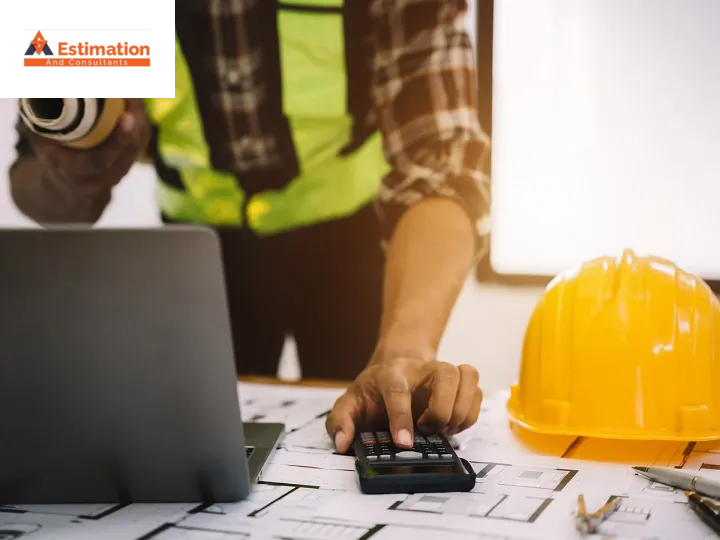
A simple retail space may only require basic electrical and plumbing work, but a hospital or industrial plant could involve highly specialized construction techniques, expensive equipment, and multiple safety regulations. Complex structures require detailed cost analysis, increased material calculations, and expert labor estimations. Additionally, projects with unclear or evolving scopes are harder to estimate because costs can change as the project progresses. If a client frequently requests changes or fails to define clear project goals from the start, estimators must adjust their calculations, leading to fluctuating costs.
Material Costs and Market Conditions
The price of materials is another major factor in commercial estimates, as it can vary significantly depending on supply chain conditions, global market trends, and the availability of specific resources. Materials like steel, concrete, glass, and wood are subject to price fluctuations based on demand, import/export restrictions, and inflation. When the construction industry experiences a surge in activity, the demand for materials increases, driving prices up. On the other hand, economic downturns or overproduction can lead to lower material costs.
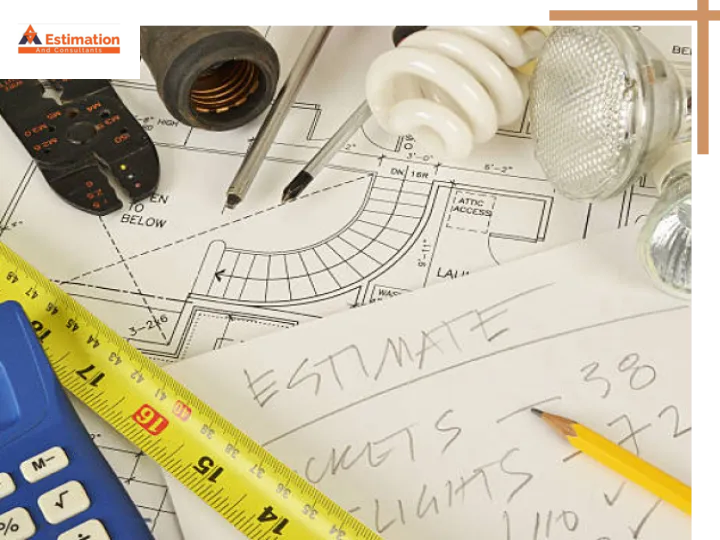
Furthermore, specialized or high-quality materials often come at a premium. If a project requires energy-efficient or LEED-certified materials, costs can rise due to limited availability and stricter production processes. Transporting materials also impacts overall estimates. If materials need to be shipped from distant locations, additional transportation fees, import taxes, and delays must be factored into the estimate. Even weather conditions can affect material costs, as extreme weather events can disrupt supply chains and create shortages.
Labor Costs and Workforce Availability
Skilled labor is one of the most significant expenses in commercial construction, and labor costs vary depending on location, project type, and workforce demand. Estimators must consider wages, benefits, overtime pay, and subcontractor fees when calculating costs. In areas with high demand for skilled labor, such as major metropolitan cities, wages tend to be higher, increasing the overall cost of estimation.
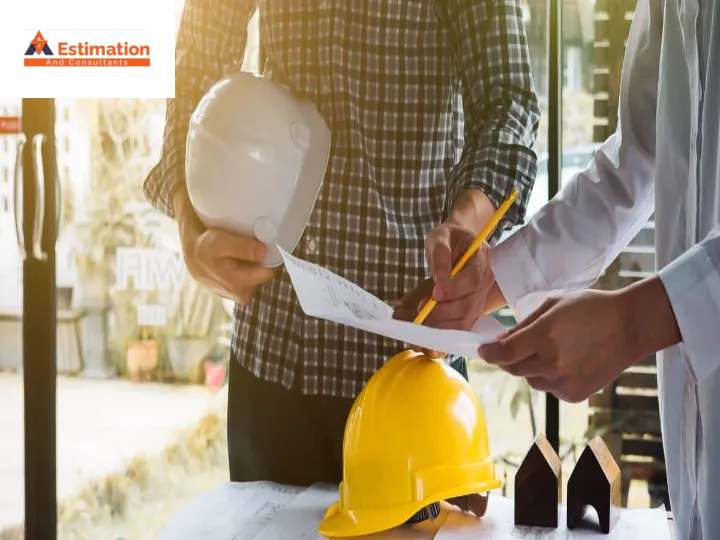
Union labor also affects estimation costs. Unionized workers typically have higher hourly wages, stricter work regulations, and mandatory benefits, all of which increase total labor costs. In contrast, non-union labor may be more affordable, but quality and availability could become a concern. Additionally, the project timeline plays a significant role in labor expenses. If a project has a tight deadline, workers may need to work overtime, leading to increased wages and potential burnout, which could cause errors and rework.
Another factor influencing labor costs is the level of expertise required. Some projects demand highly specialized workers, such as electricians, HVAC technicians, or structural engineers, who charge premium rates for their expertise. If a project requires niche skill sets that are in short supply, the estimation cost will rise accordingly.
Location and Site Conditions
The physical location of a project plays a significant role in estimating costs. In urban areas, where land is expensive and construction regulations are strict, commercial estimates tend to be higher. Permitting fees, zoning laws, and environmental impact assessments all contribute to the overall cost of estimation. Additionally, projects in remote or difficult-to-access locations can lead to increased transportation and logistical expenses.
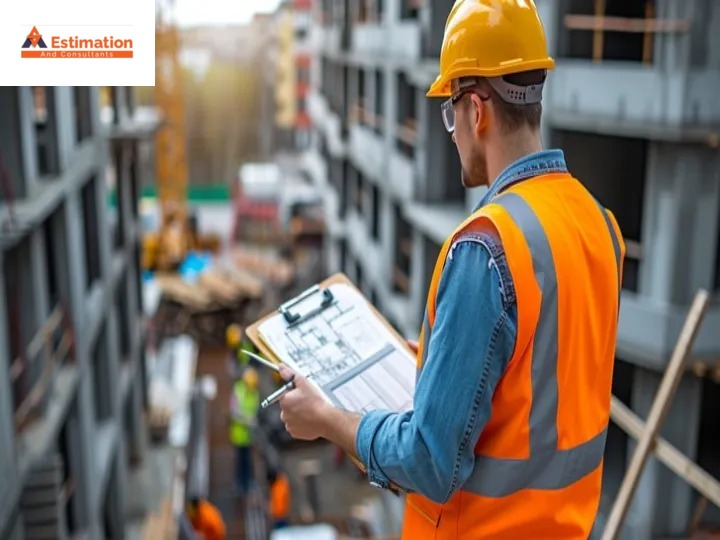
Site conditions also impact cost estimations. If a site requires extensive preparation, such as demolishing an existing structure, clearing debris, or leveling the land, additional costs must be included in the estimate. Soil conditions also matter—if the ground is unstable or requires reinforcement, this can add expenses related to foundation work. Environmental considerations, such as flood zones or protected land, may require additional approvals and specialized construction methods, further increasing costs.
Permitting and Compliance Requirements
Every commercial project must adhere to local, state, and federal regulations, which means obtaining the necessary permits, undergoing inspections, and meeting building codes. These processes can significantly affect the cost of commercial estimates. Different locations have different permit costs, and some projects require additional approvals, such as environmental assessments or fire safety inspections. The more complex the approval process, the more time and money are needed for accurate cost estimation.
Compliance with industry regulations also adds to estimation costs. Some projects must meet strict guidelines related to energy efficiency, workplace safety, or structural integrity. If a project falls under specialized categories, such as healthcare facilities or hazardous material storage, additional compliance measures may be required, driving up costs. Failing to account for these regulations in the initial estimate can result in delays, fines, or costly revisions down the line.
Project Timeline and Scheduling Constraints
The timeline of a commercial project directly impacts the cost of an estimate. Fast-track projects, where construction needs to be completed in a short time frame, often require additional resources, higher labor costs, and expedited material shipments. In contrast, projects with flexible timelines allow for better cost control and strategic resource allocation.
Seasonal factors also affect project costs. In colder climates, winter construction may require additional expenses for heating, insulation, and weatherproofing. Similarly, in hot regions, extra cooling measures and hydration stations might be necessary for worker safety. Construction companies must account for these conditions when preparing an estimate.
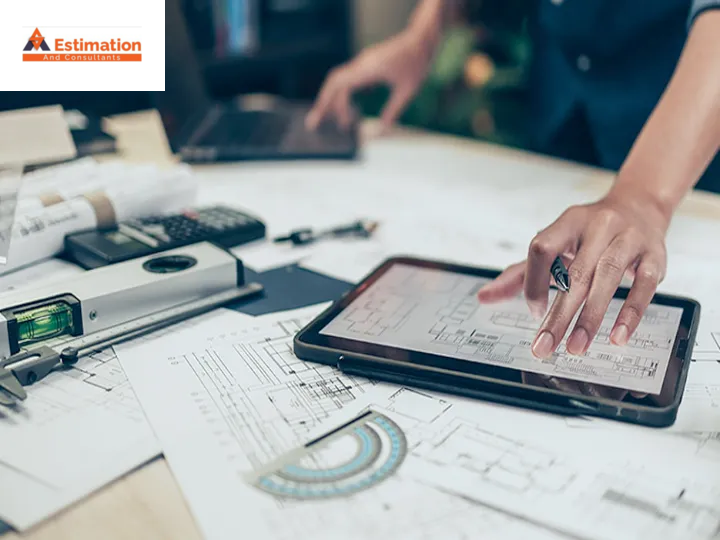
Another factor that influences estimation costs is scheduling conflicts. If multiple projects are occurring simultaneously, contractors and subcontractors may have limited availability, leading to increased competition and higher rates. Proper scheduling and planning can help mitigate these issues and control costs.
Technology and Estimation Tools
The methods and tools used for estimating also impact the cost of a commercial estimate. Traditional manual estimates require extensive calculations and human effort, while modern estimating software can streamline the process and reduce errors. However, the use of advanced technology comes with its own costs. Companies that invest in sophisticated estimation software and 3D modeling tools often charge higher fees for their services due to the precision and efficiency they provide.
Estimating software can improve accuracy by factoring in real-time material costs, labor rates, and project specifications. Some advanced tools even use artificial intelligence to predict cost fluctuations based on historical data. While these tools improve estimate reliability, the expertise required to use them effectively adds to the cost of estimation services.
Conclusion
Several factors influence the cost of commercial estimates, including project scope, material costs, labor expenses, site conditions, regulations, and technology. Understanding these elements helps businesses plan their budgets effectively and avoid unexpected financial challenges. By working with professional estimators who consider all variables, companies can ensure their commercial estimates are as accurate and reliable as possible.
At AS Estimation & Consultants, we specialize in providing detailed, data-driven commercial estimates that help businesses stay on budget and on schedule. Our expertise ensures accuracy, transparency, and cost-effectiveness for all your large-scale projects. Contact us today to get a reliable estimate for your next commercial endeavor.


